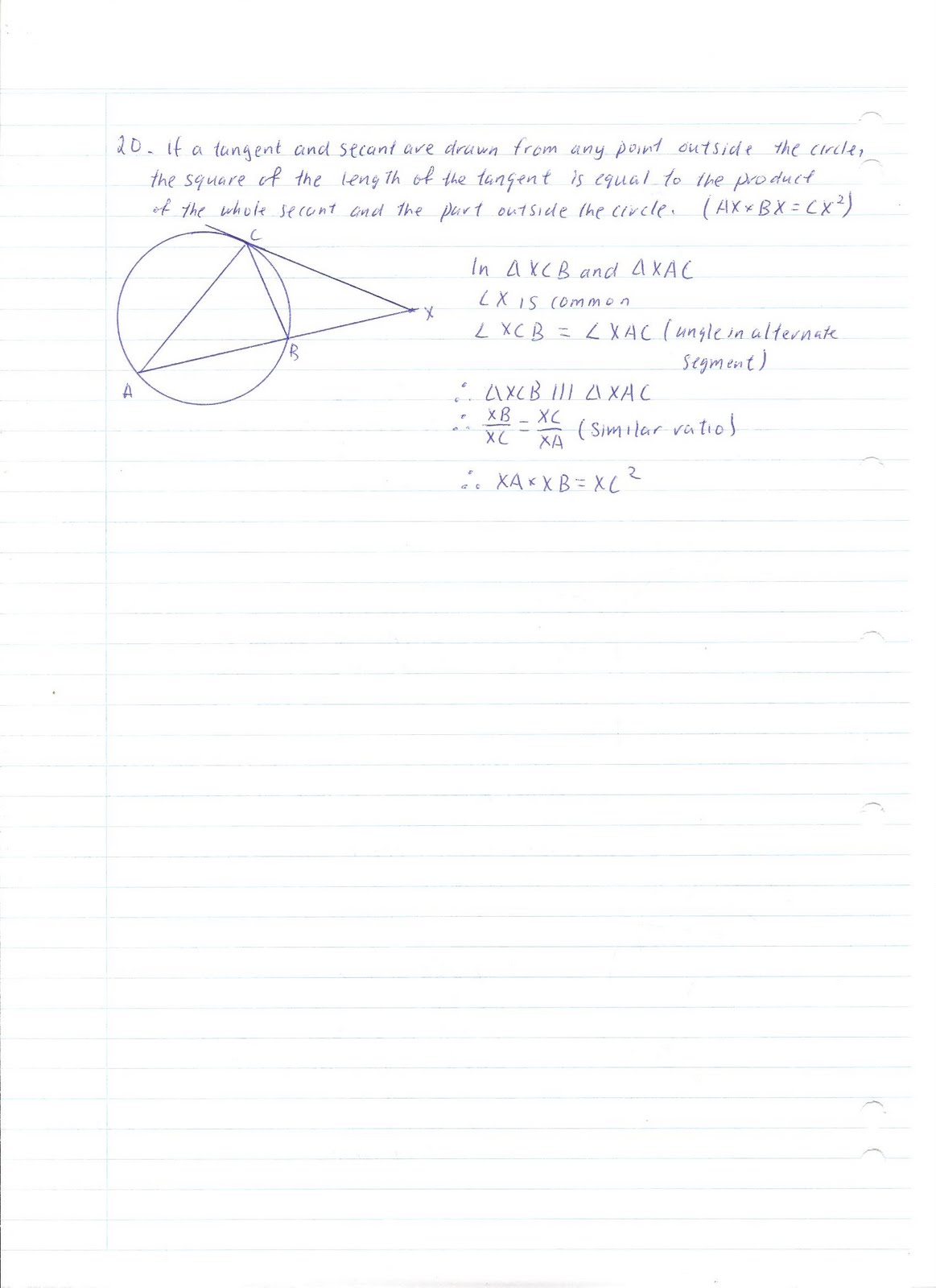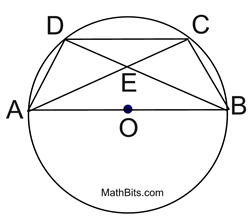

Incorrect assumption of isosceles triangles.This also includes the inverse trigonometric functions. The incorrect trigonometric function is used and so the side or angle being calculated is incorrect. The missing side is calculated by incorrectly adding the square of the hypotenuse and a shorter side, or subtracting the square of the shorter sides. The only case of this is when both angles are 90^o. Opposite angles are the same for a cyclic quadrilateralĪs angles in the same segment are equal, the opposing angles in a quadrilateral are assumed to be equal.Angle at the centre is supplementary to opposing angleĪs the shape is a quadrilateral, the angle at the centre is assumed to be supplementary and add to 180^o.The angle ABC = 56^o as it is in the alternate segment to the angle CAE. Here, angle ABC is incorrectly calculated as 180 - 56 = 124^o. The angle is taken from 180^o which is a confusion with opposite angles in a cyclic quadrilateral. Opposite angles in a cyclic quadrilateral.Top tip: Use arrows to visualise which way the alternate segment angle appears: The chord BC is assumed to be parallel to the tangent and so the angle ABC is equal to the angle at the tangent. Parallel lines (alternate segment theorem).The angle at the circumference is assumed to be 90^o when the associated chord does not intersect the centre of the circle and so the diagram does not show a semicircle. They should total 90^o as the angle in a semicircle is 90^o. The angles that are either end of the diameter total 180^o as if the triangle were a cyclic quadrilateral. Look out for isosceles triangles and the angles in the same segment. Make sure that you know when two angles are equal. The angle at the centre is always larger than the angle at the circumference (this isn’t so obvious when the angle at the circumference is in the opposite segment). Make sure you know the other angle facts including:īy remembering the angle at the centre theorem incorrectly, the student will double the angle at the centre, or half the angle at the circumference. Sheets include necessary proofs.Below are some of the common misconceptions for all of the circle theorems: secants, chords, angles, circumferences, etc.) using the correct mathematical proofs.
#Circle geometry proofs pdf how to
Your students will use these worksheets to learn how to perform different calculations for the parts of circles (e.g. These worksheets explain how to prove the congruence of two items interior to a circle.

If we combine 2a + 2b, it will be equal to 180 degree. Three angles a, b and a+b is the part of the big triangles. Isosceles triangle angle - If every small triangle has two equal angles, it means they are isosceles.Īddition of 180 degrees in the angles of the big triangle - The internal angle's sum must be 180 degrees. It means both triangles are isosceles triangle. It indicates every small triangle have two sides with the same length. In a specific circle, all of them are the same. For this, you will make a radius from the central point to the vertex on the circumference.ĭouble Isosceles Triangles - You will have to identify two sides of each small triangle that are radii. Then, let two sides join at a vertex somewhere on the circumference.ĭivide the triangle in to two - Now, you will have to split the triangle into two sides. You will use a diameter to make one side of the triangle. Make a problem - Draw a circle, mark a dot as a center and then, draw a diameter through the central point. They need to prove the construction is not only structurally sound, but worth the millions of dollars it costs to build. If you think proofs are not in involved, somewhere along the line, when engineers and architects present their building projects. When you go to the grocery store and decide whether it makes sense to buy a bigger box of cereal you think in proofs. If you think about it we use geometric proofs all of the time. It provides a step by step reasoning to produce a logical reason for why something is true. A theorem is a hypothesis (proposition) that can be shown to be true by accepted mathematical operations and arguments.

A geometric proof is basically a well stated argument that something is true.


 0 kommentar(er)
0 kommentar(er)
